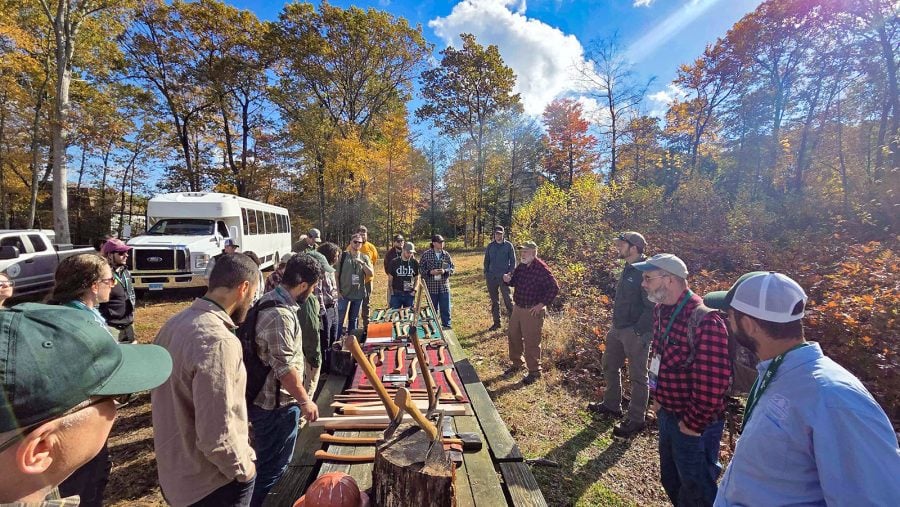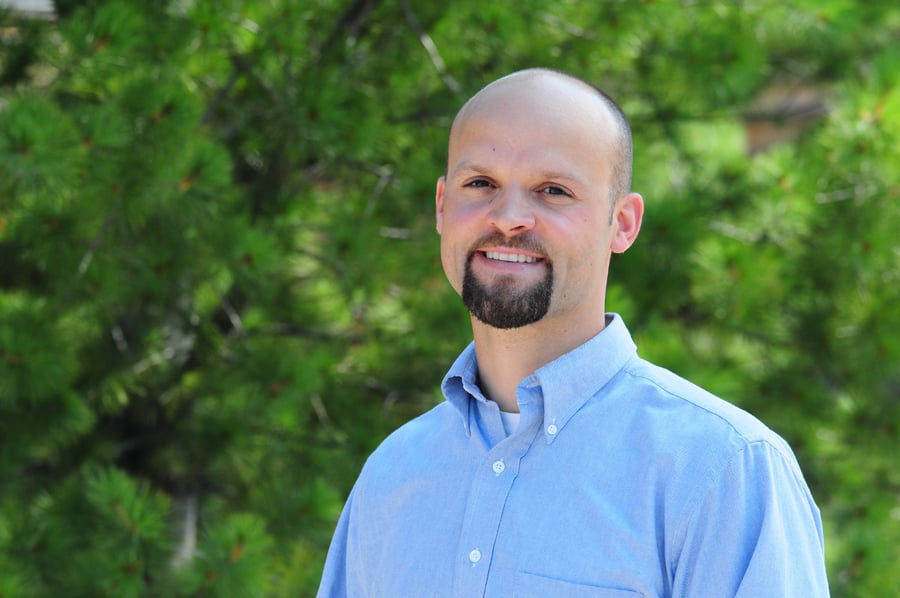
The College of Forest Resources and Environmental Science was well-represented at two national conferences this fall—the Society of American Foresters National Convention and The Wildlife Society’s Annual Conference.

The College of Forest Resources and Environmental Science was well-represented at two national conferences this fall—the Society of American Foresters National Convention and The Wildlife Society’s Annual Conference.

The College of Forest Resources and Environmental Science welcomed two new faculty members and celebrated our faculty moving into new positions in the college this year.
Global Wildlife Resources is offering a 3-day wildlife handling course May 8-10, 2012 at the Country Village in Ishpeming near Marquette, Michigan. This class is one of the most extensive chemical immobilization courses in North America and includes hand-on labs with animals. It has been invaluable to state, federal, and tribal wildlife professionals, zoo caretakers, game farms, animal control officers, and college students. Full details at http://www.wildliferesources.org/training-courses/
by Jennifer Donovan, director of public relations
Often touted as the greatest environmental achievement of the 20th century, the North American Model of Wildlife Conservation is anything but, according to wildlife ecologists and environmental ethicists from Michigan Tech and Michigan State University.

Writing in the Summer 2011 issue of the journal, The Wildlife Professional, John Vucetich and Joseph Bump, Michigan State’s Michael Nelson, and Canadian environmental scientist Paul Paquet call the North American Model of Wildlife Conservation seriously flawed. The commentary is the first critique that the North American model has faced.
This model has been around as an idea for about a decade, and in that time it has become quite popular among some wildlife professionals. The model consists of two related approaches to conservation: a historical description of past conservation efforts and an ethical prescription for the future. “One rests upon an inadequate account of history and the other on an inadequate ethic,” Vucetich and Nelson say flatly.
The model’s misconception of history gives recreational hunters the sole credit for preventing the ravages of wildlife exploitation caused by commercial hunting in the 19th century. It cites the efforts of famous hunters such as Theodore Roosevelt.

“Recreational hunting was only one of several important factors that led to improved conservation in North America,” the authors say. Since the 1960s, they point out, conservation efforts have been led by non-hunters and nature enthusiasts, such as national park visitors and bird-watchers.
The historical narrative crediting recreational hunters with spearheading the drive for wildlife conservation in turn becomes the rationale for a belief that recreational hunting is necessary for wildlife conservation. Then that becomes a prescription for future conservation efforts.
The entire construct is misguided, say Nelson and Vucetich. “The principle of past behavior is not, by itself, an appropriate justification for future behavior,” they explain. “Would you argue that society should perpetuate slave labor or gender discrimination simply because such practices are part of our history? Likewise it is wrong to conclude that hunting should play a central role in future conservation efforts, simply because it has in the past.”
The scientists also express concern that the interests of recreational hunters sometimes conflict with conservation principles. For example, they say, wildlife management conducted in the interest of hunters can lead to an overabundance of animals that people like to hunt, such as deer, and the extermination of predators that also provides a vital balance to the ecosystem.
Vuetich and Nelson examine the seven tenets of the North American Model of Wildlife Conservation:
Consider the tenet that says wildlife may only be killed for legitimate reasons,” the authors observe. “This principle is as basic and appropriate as it is void of useful insight about defining a legitimate purpose. The North American Model provides no further insight about what counts as legitimate,” they note.
The scientists also raise a question about the final tenet, that science is the basis for wildlife protection. “This equates a desire for policies informed by science with science itself determining what policies ought to be adopted,” they say. “Scientific facts about nature cannot, by themselves, determine how we ought to relate to nature or which policies are most appropriate.”
The authors emphasize that they have nothing against hunting. “If the North American Model’s primary motivation was to promote hunting, and even if it did so transparently, the model would still fall short,” they say.
The model’s greatest value, Vucetich and Nelson say, is that it calls attention to the need to confront a more basic question: What is conservation? “All of us should explore whether wildlife management and conservation are the same or whether they represent different, occasionally conflicting goals,” they suggest. “We still need answers for key questions like: What does it mean for a population or ecosystem to be healthy? How does conservation relate to or conflict with other legitimate values, such as social justice, human liberty and concern for the welfare of the individual? Resolving these and other questions could provide a truly meaningful conservation model.”